The picturesque terraced rice fields, often called a quintessential image of Japan’s rural landscape, are beautifully exemplified by “Aragijima,” located in Aridagawa Town, Wakayama Prefecture.
The terraces, drawing graceful arcs like an open fan, captivate visitors throughout the four seasons. In recent years, they have gained popularity—especially among photographers sharing on social media—making this a beloved spot visited by many tourists from across the country.
In this article, we will comprehensively cover everything you should know before your visit: the charm and history of Aragijima, how to get there, the best seasons to visit, and nearby attractions.
What Is Aragijima? An In‑Depth Look at Its Charm
Aragijima is one of Japan’s most renowned terraced landscapes, located in Shimizu, Aridagawa Town, in the central part of Wakayama Prefecture. Viewed from National Route 480, the farms fan out in a distinctive pattern, giving the impression of an “island,” which is how it came to be known as Aragijima.
Its beauty has earned it a place among the Top 100 Terraced Rice Fields of Japan, and it is designated as an Important Cultural Landscape by the Ministry of the Environment. As a result, its reputation as a tourist destination has grown, making it a perfect spot to appreciate the harmony of nature and traditional agriculture.

Basic Info & Historical Background of Aragijima
The origins of Aragijima date back to the early Edo period. It was originally developed on a river delta of the Aridagawa River. Over many generations, local residents have carefully tended and preserved these terraced fields, making the most of the fan‑shaped terrain.
During the Edo era, this landform was chosen as an efficient way to channel water and grow crops, especially during periods of drought and flooding. Remarkably, this agricultural practice has continued unchanged for over 370 years.
In recognition of this enduring history, the village’s collective wisdom, and harmonious coexistence with nature, Aragijima was designated as a national Important Cultural Landscape in 2013.
Why It’s Recognized as an Important Cultural Landscape
Aragijima—part of the “Ranjima and Sanda–Shimizu Agrarian‑Mountain Village Landscape”—was designated a national Important Cultural Landscape for the following reasons:
- 1. Historical Background & Cultural Value
-
Aragijima’s development began in the early Edo period, particularly under the efforts of Sadafu Kasamatsu, a headman who advanced new paddy fields. The region’s agriculture has deep historical roots, closely tied to local life and culture, with records dating back to 1655.
- 2. Integration with Natural Environment
-
The landscape—including terraced fields, settlements, and satoyama countryside—is developed in harmony with the natural terrain. The fan‑shaped terraces are especially distinctive and visually stunning, with seasonal variations that make it a celebrated sightseeing spot.
- 3. Local Community Conservation Efforts
-
Local residents engage in voluntary conservation, enabling agriculture and tourism to coexist. Maintaining farming traditions ensures that culture and livelihoods are passed on to future generations.
- 4. Biodiversity & Environmental Protection
-
This area supports rich flora and fauna, with livelihoods intertwined with the natural environment. This harmonious relationship enhances its value as a cultural landscape.
Seasonal Charms: Spring, Summer, Autumn & Winter
Aragijima’s appeal lies in its completely different scenery across the seasons. Here is what to look forward to, by season:
- Early Summer (just before planting)
-
Right before planting, the terraces are flooded, creating mirror‑like surfaces reflecting the sky—a spectacular sight known among photographers as the “water mirror season.”

- Summer (June–August)
-
During summer, the rice grows lush and green, forming a beautiful gradient. Early morning often brings mist, adding a dreamy quality to the scene.

- Autumn (September–October)
-
The rice crops turn golden, and the harvest atmosphere brings a robust sense of agriculture. Come evening, the terraces glow orange.

- Winter (December–February)
-
When snow covers the terraces, they transform into white‑stepped layers, creating a serene, mystical atmosphere. Since heavy snowfall is uncommon, this is quite a rare and enchanting sight.

All seasons offer unique beauty, but if you’re aiming for the most photogenic scenes, “spring water reflections” and “golden autumn rice” are particularly popular.
Getting to Aragijima & Nearby Info [Directions, Parking & Map]
Aragijima sits in the mountainous area of Wakayama Prefecture, so proper planning is key. But with a bit of preparation, getting there is smooth.
By Car, Train & Bus – Travel Times
- By car
-
From the Osaka area, take the Hanwa Expressway and exit at Arida IC. Then follow Routes 424 and 480 for about 40–50 minutes to reach the site.
- By bus
-
From Fujinami Station on the JR Kisei Line, take the Aridagawa Railway Bus bound for Shimizu or Hanazono.
※ Please note: bus services are infrequent. -
Because public transport is limited, renting a car is recommended. Rental cars are available at Fujinami Station and in Wakayama City.
Parking at the Observation Spot
A free parking lot is available near the Aragijima observation point. It’s about a 5‑minute walk from the parking area to the viewpoint—very convenient!
Nearby Dining & Accommodation Spots
If you’re planning to visit Aragijima, it’s a good idea to check out dining and lodging options nearby in advance. From local specialties to relaxing hot springs, these places will enrich your trip.
Restaurants & Cafés
Although there aren’t many dining options right by Aragijima, you can still enjoy some distinctive local flavors.
- Wasabi Sushi “Akadama”
-

“Wasabi sushi,” a local Shimizu specialty made by wrapping mackerel or sweetfish in wasabi leaves, offers a delightful harmony of spicy and gentle flavors. You can also buy it at nearby roadside stations and souvenir shops.
Shop name Akadama Address 337‑1 Shimizu, Aridagawa‑cho, Arida District, Wakayama Hours Lunch: 11:00–13:30 (last order 13:30)
Dinner: 17:00–21:00 (last order 21:00)
Closed: Wed (open on public holidays, closed next day), 1st & 3rd ThuWebsite https://akadama‑wakayama.com/ Instagram @akadama_wakayama - Michi‑no‑Eki Araginosato
-

Michi‑no‑Eki Araginosato, located just before Aragijima along Route 480, features a restaurant serving dishes made from fresh local ingredients. The homemade konjac udon is especially popular.
They also offer Akadama’s wasabi sushi and local specialty Shimizu Sansho—Japan’s top-producing region for these peppercorns.
Name Michi‑no‑Eki Araginosato Address 664‑1 Sanda, Aridagawa‑cho, Arida District, Wakayama Hours Shops: Mar–Oct 10:00–17:30, Nov–Feb 10:00–17:00
Restaurant: around 11:00–16:30 (last order)Closed Tuesdays (open on public holidays, closed next day), Year‑end/New Year (about 1 week) - kado Café
-

“kado” is a café located right by the Aragijima parking area, set in a renovated traditional house. It’s known for its pepper‑flavored menu items, especially the sansho (Japanese pepper) soft‑serve ice cream. They also sell a variety of sansho products in the shop.
Name kado Address 453‑1 Sanda, Aridagawa‑cho, Arida District, Wakayama Hours Summer: 10:00–18:00; Winter: 10:00–16:00 (seasonal changes apply) Closed Wednesdays (open on public holidays) Phone 090‑1488‑9911 Website kado‑sanshou.com Instagram @kado_hatsumi
Shimizu Hot Springs
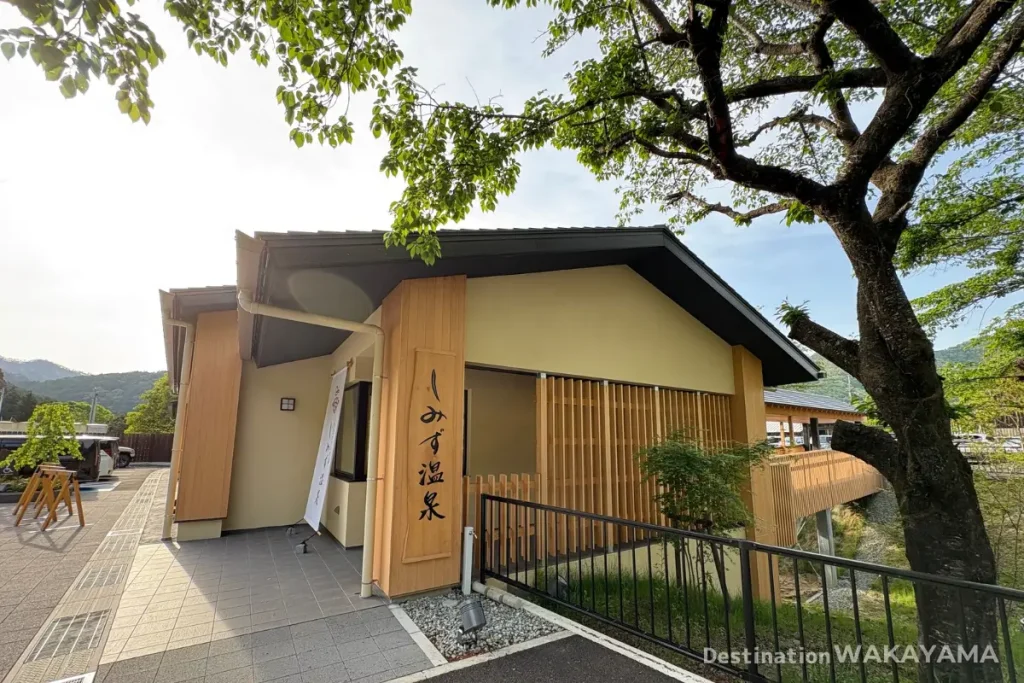
Shimizu Onsen draws water 400 meters from underground, offering a naturally sourced bath.
This slightly alkaline, sodium-chloride-bicarbonate hot spring is known to leave your skin silky smooth, earning it the nickname “beauty hot spring.”
| Location | 1225‑1 Shimizu, Aridagawa‑cho, Arida District, Wakayama |
|---|---|
| Hours | 11:00–20:00 (last entry at 19:30) |
| Closed | Thursdays |
| Fee | Adults ¥1,000; Children ¥500 (4 yrs and older); under 4 yrs free |
| Parking | Parking for about 50 cars available |
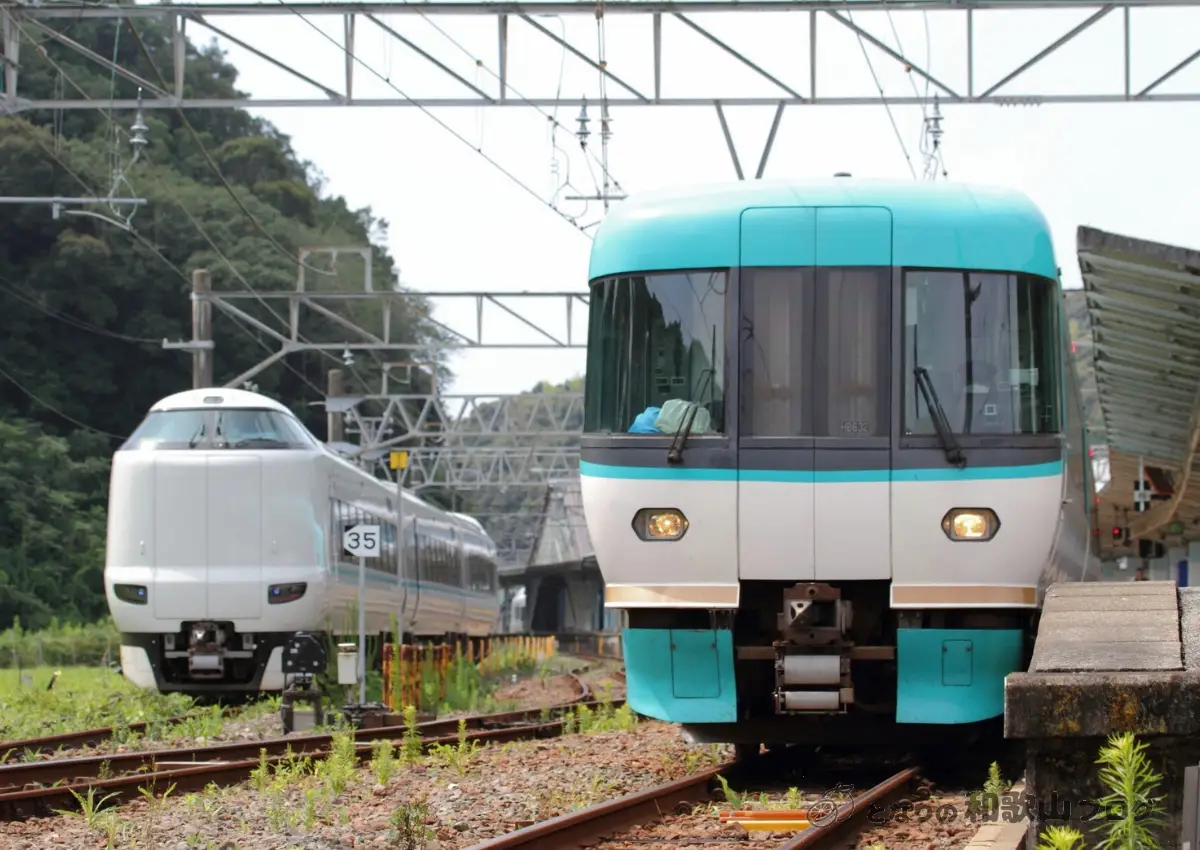
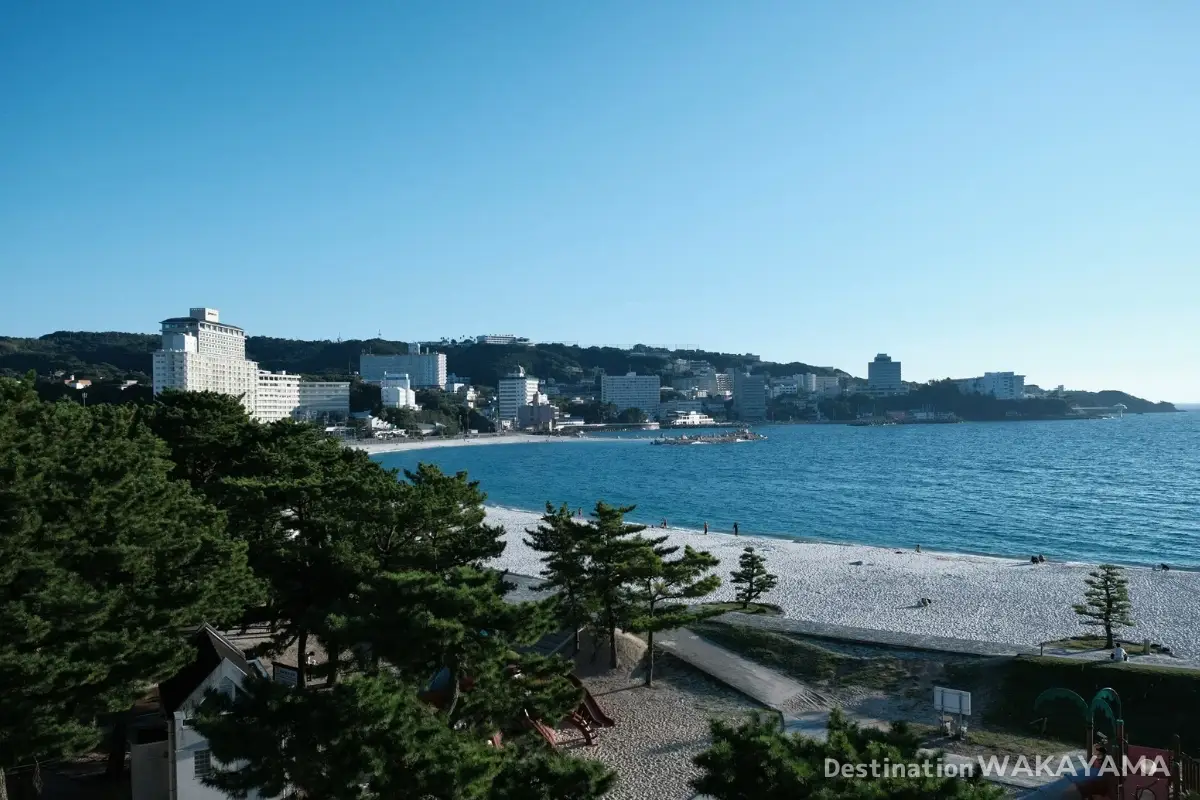
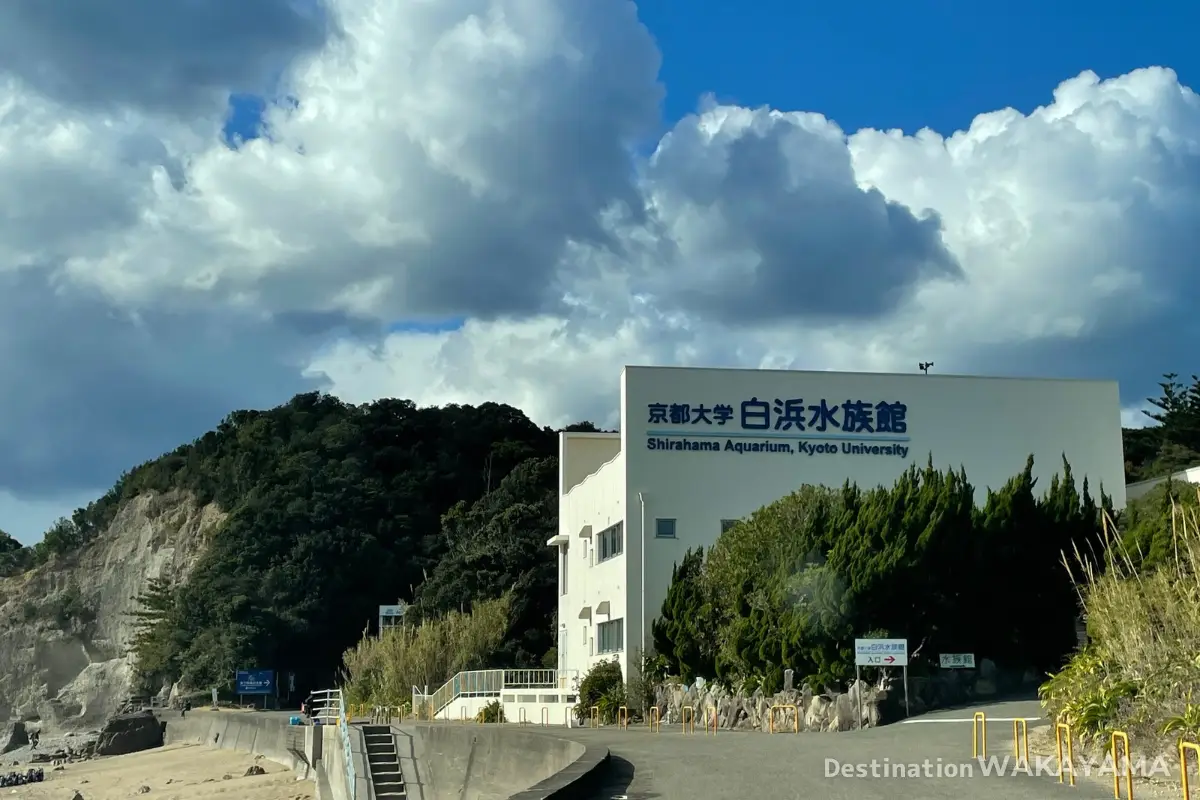

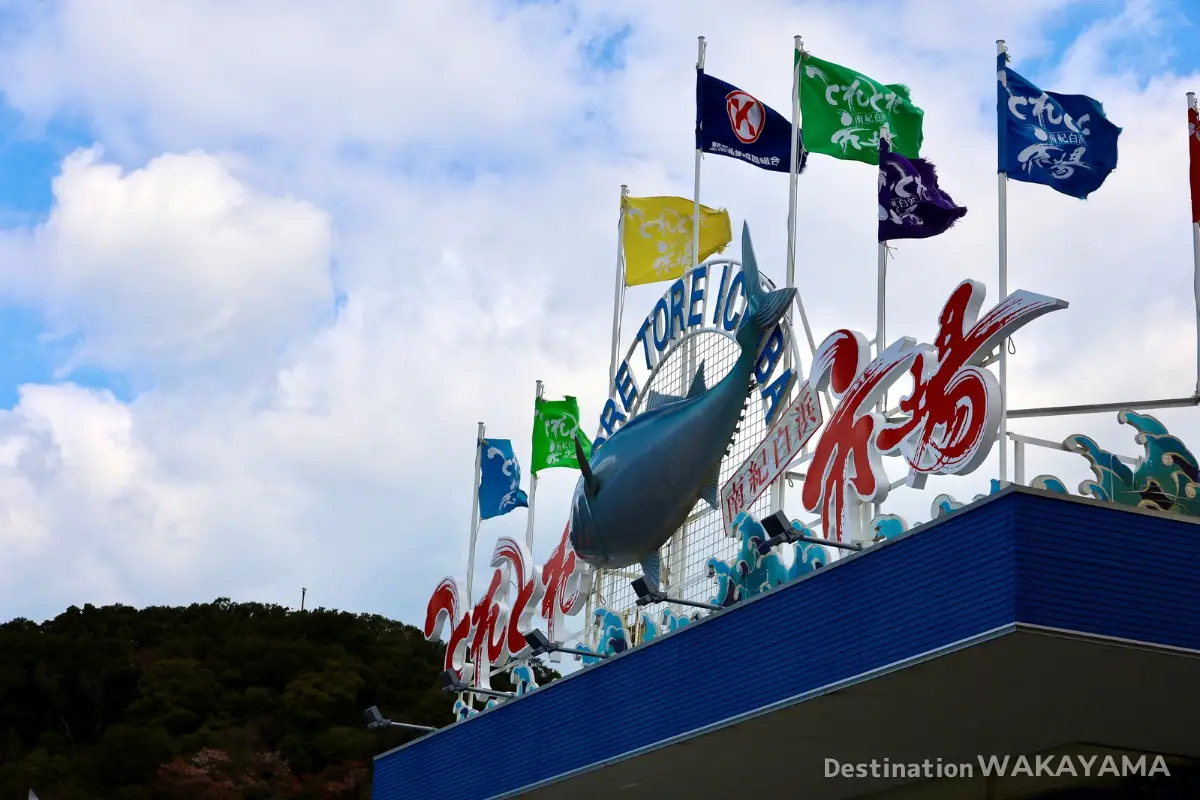

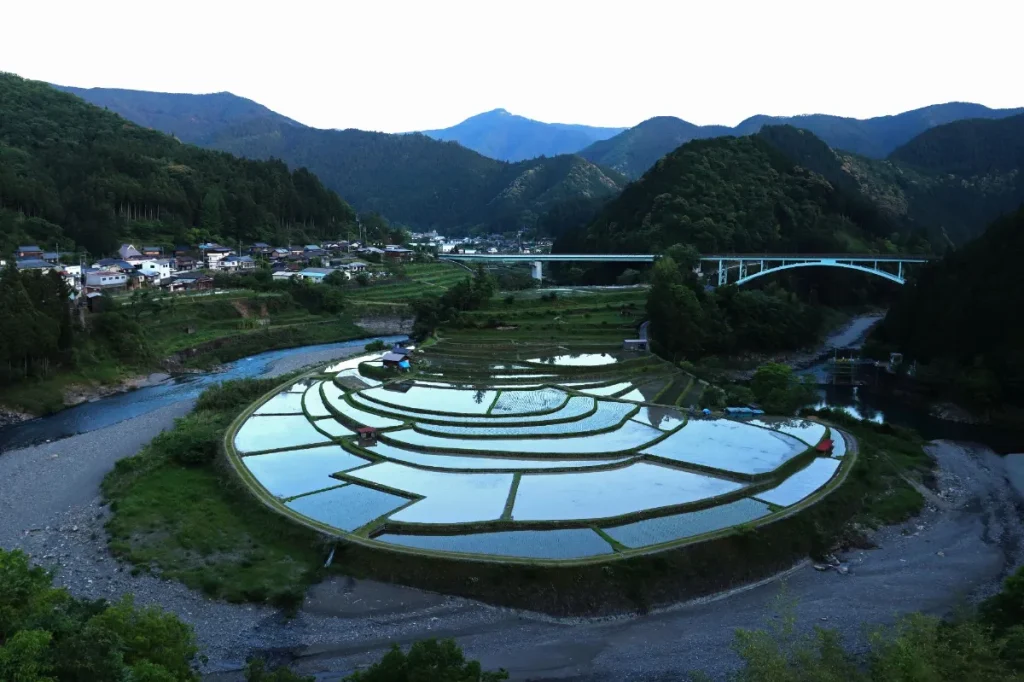
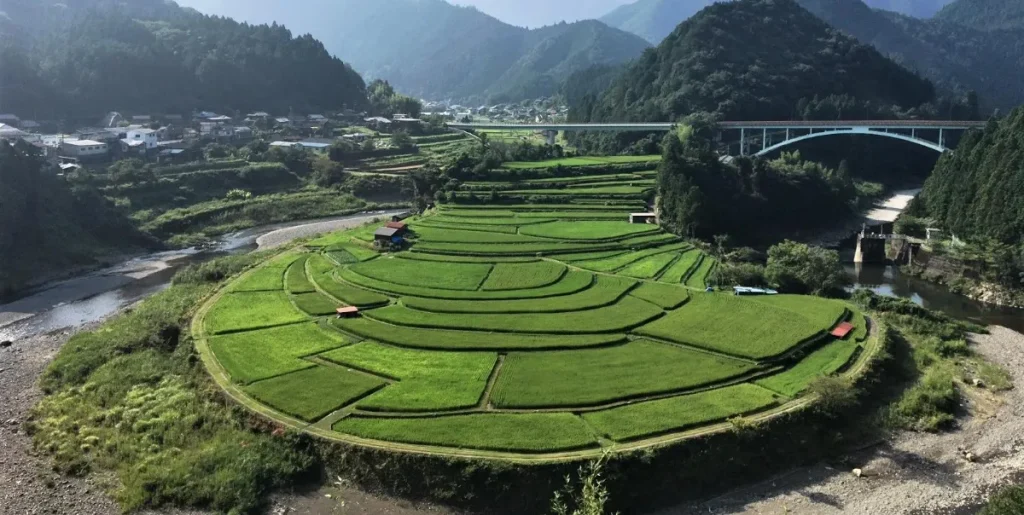

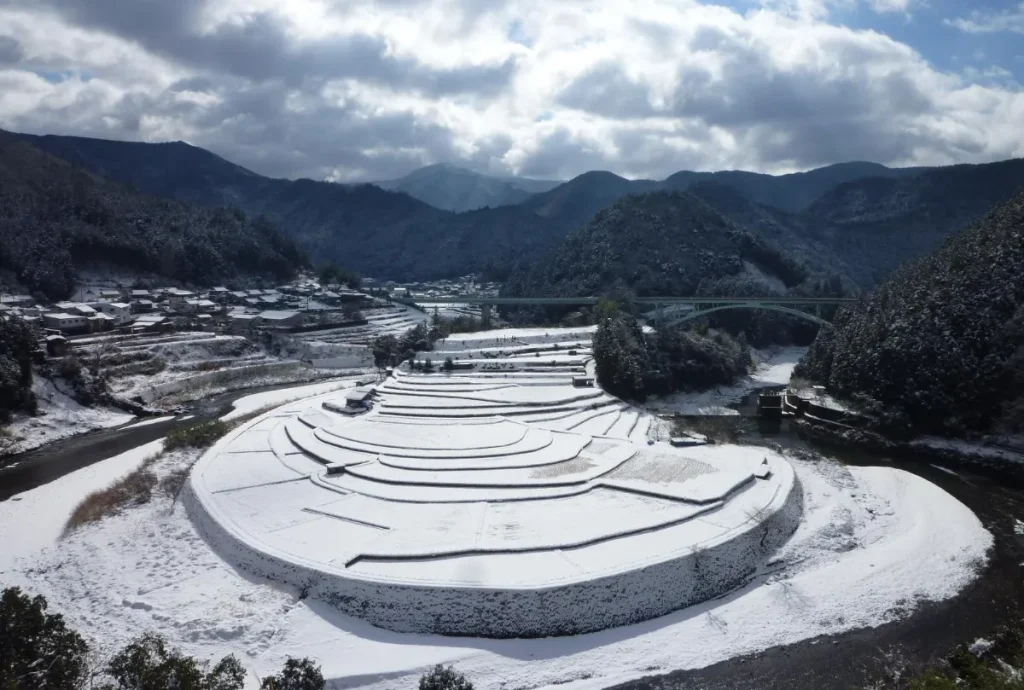
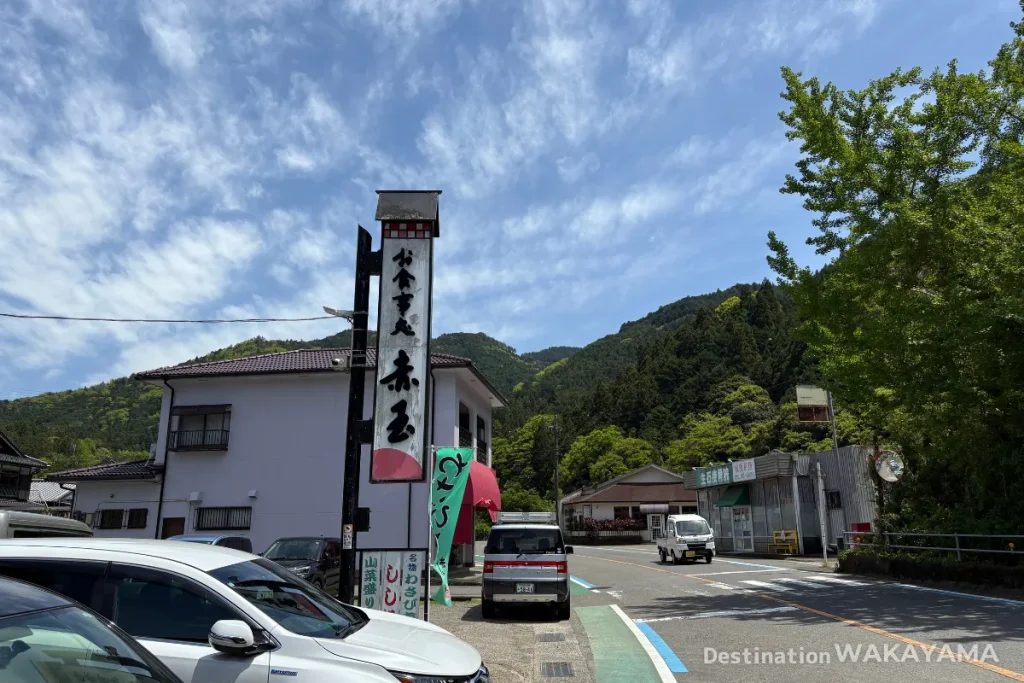
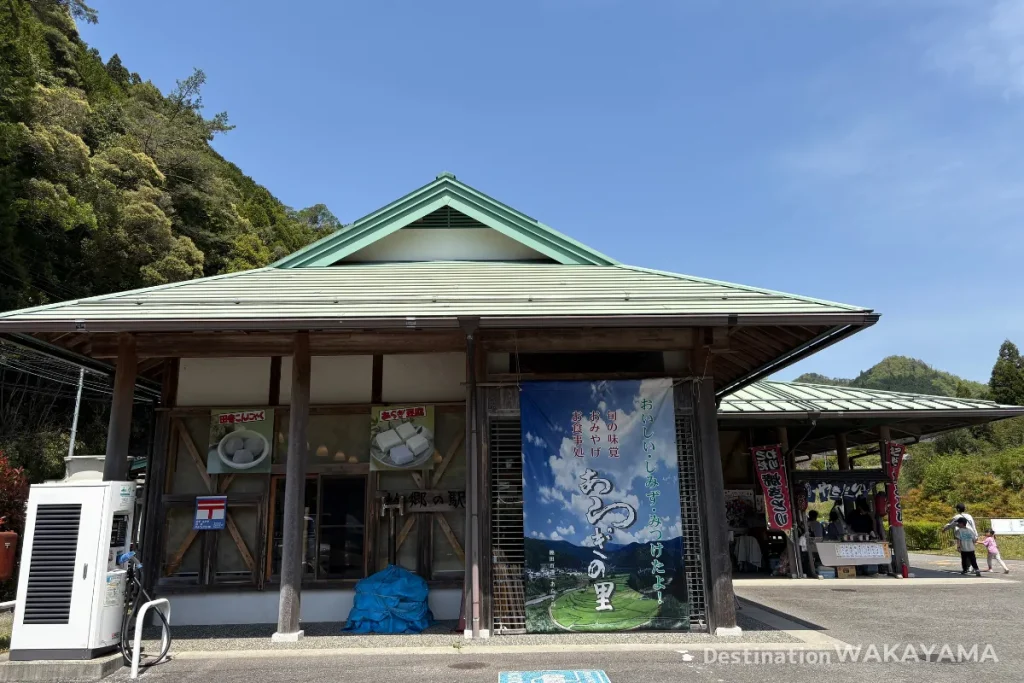


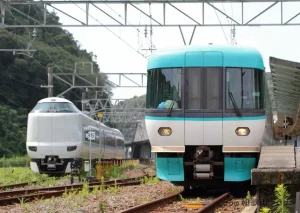
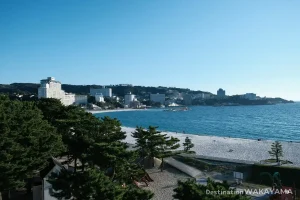


Comments